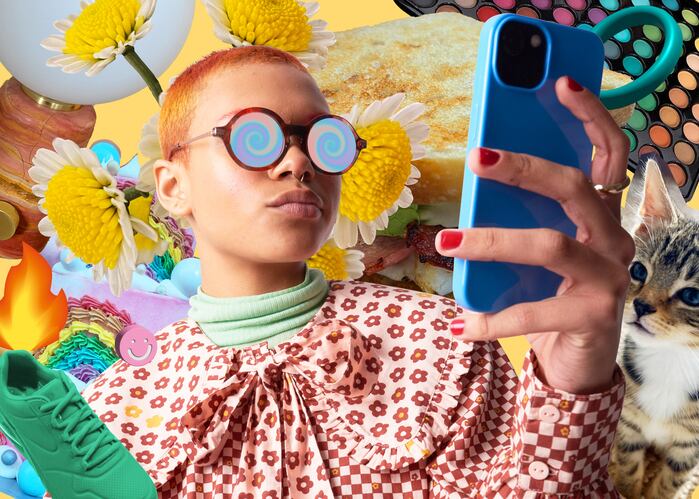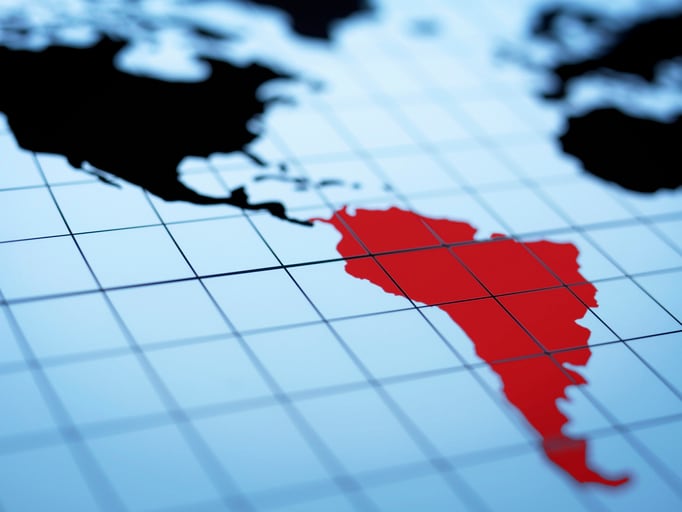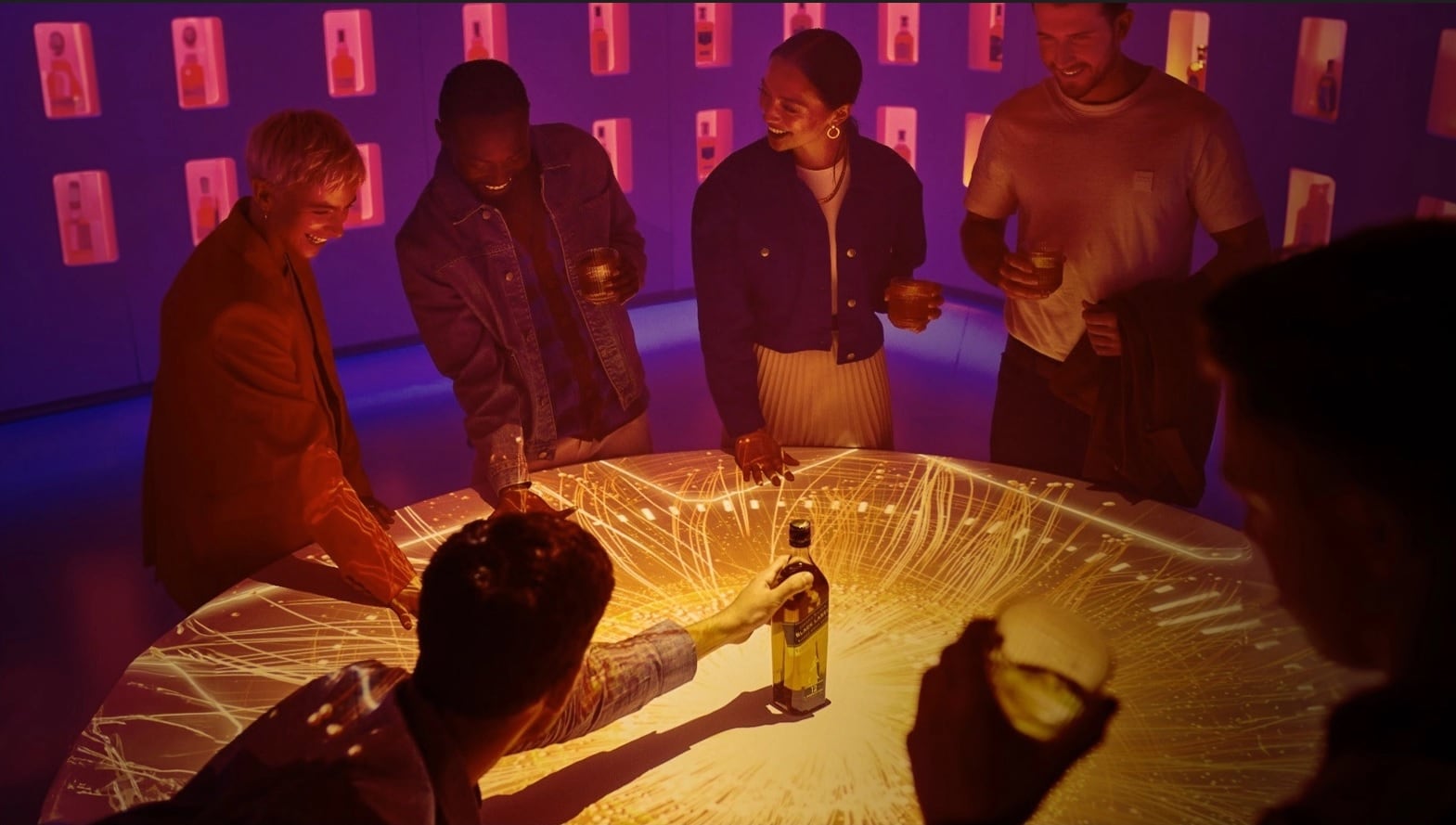The trends have been identified by Diageo’s ‘Foresight System’, a digital tool developed by the company and its data and insight partners that monitors and tracks global conversations from social media and other web platforms such as YouTube and online forums. It covered conversations in English, Chinese Mandarin and Spanish.
1) Neo-Hedonism
What is it? While traditional pursuits of luxury and excess still hold their allure, consumers are expanding their definition of hedonism: seeking new and innovative ways to experience pleasure in their everyday lives. In the context of inflation and cost-of-living pressures, they're also re-evaluating how they spend their money to ensure maximum reward.
That’s evidenced in the $212bn value of the Global EcoTourism market, which is expected to grow by 14% between 2023 and 2032. In fact, 60% of millennials and Gen Z prefer to spend money on experiences, rather than saving for retirement.
Why it’s important: This is one of the newer trends but on the rise, with consumers searching for meaningful & unique experiences over wealthy gifts.

What does that mean for brands? Brands need to think how they can provide an experience for consumers, and not just a product. Brands need to step into the roles of ‘emotioneers’ and ‘sensory architects’, according to Diageo: focusing on creating immersive experiences that resonate with consumers.
On a practical level, that could mean investing in alternative social spaces (such as pop-up events) that are unique and offer an experience to live as well as a product to consume.
2) Betterment Brands
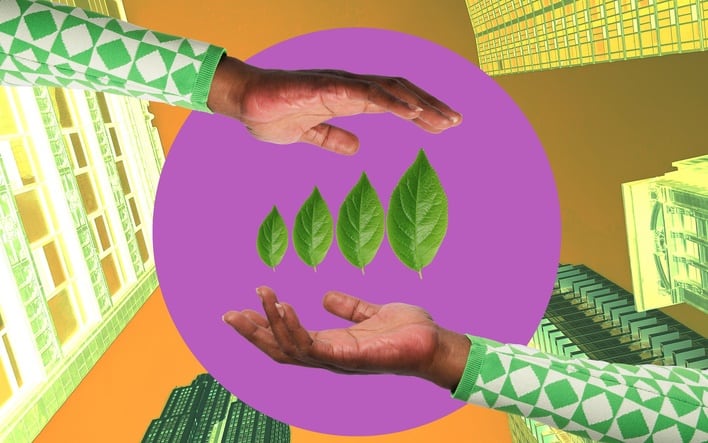
What is it? Consumers’ conversations show them to be increasingly eco-conscious, becoming more aware of the environmental & social impact of their choices.
Why it’s important: Although not a new phenomenon its importance cannot be downplayed, with consumers increasingly (+44%) seeking ways to align their purchasing decisions with their values.
What does it mean for brands? Consumers are looking to support local businesses and economies. They’re also increasingly aware of social disparities and are looking for brands that demonstrate a genuine commitment to tackling social inequality. But what attracts the most conversations is net zero and sustainability (such as renewable materials, a sustainable supply chain, and highlighting nature conservation).
Social media might be about talking the talk: but consumers also want to see brands make it easy for them to walk the walk.
“Consumers are actively engaging in conversations about Betterment Brands, yet we still find that when it comes to making more sustainable choices consumers have other priorities, such as price, availability, and overall experience,” notes Diageo. “Brands must focus on closing this say-do gap by giving consumers the ability to make sustainable choices, removing physical barriers and making this trend the social norm."
3) Conscious Wellbeing

What is it: Health has always been important to consumers: but the pandemic has acted as a catalyst to accelerate a societal shift towards a more comprehensive view of health and wellbeing. For example, Diageo found over 2.7M discussions globally of self-love (+40%) in its social media research.
Why it’s important? Consumers are embracing self-care, acknowledging the importance of not only physical but also emotional and mental health.
What does it mean for brands? This trend presents an excellent opportunity for alcohol-free drinks, offering an alternative for people looking to cut back on their alcohol consumption; and functional beverages – particularly those with mood-enhancing, adaptogenic and mental well-being properties.
Consumers are also looking for brands that challenge the whirlwind of modern life: which encourage a slower pace and disconnect from the hustle and bustle.
4) Expanding Reality

What is it? Technologies like AI, VR, and AR are revolutionising how consumers perceive and interact with reality. That ranges from immersive learning experiences to a transformation of digital shopping experiences (online shopping needs to up its game to provide personalised, immersive, attractive and easy-to-use product showcases).
Why’s it important: Conversations around the technologies has risen 94% including a 134% rise in discussions of AI-enabled relationships - the fastest growing micro-trend identified in Diageo’s report.
What does this mean for brands? AI can be a handy tool for engaging with consumers. Non-alcoholic pioneer Seedlip, for example, has created a cocktail concierge that helps consumers learn how to make the brand’s cocktails at home.
Elsewhere, brands need to think how new tech can engage with consumers. Brands need to venture into the metaverse and embrace advanced virtual spaces and experiences: and Diageo predicts a growth in virtual storefronts, interactive events, and immersive product showcases.
Expect, also, to hear more about Web3: a term used to describe the next, enhanced iteration of the internet.
5) Collective Belonging
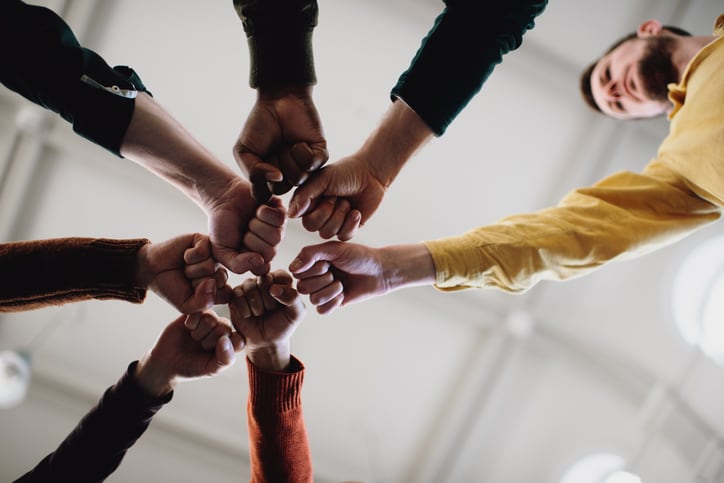
What is it? Consumers are increasingly seeking real and virtual spaces that embrace unity, acceptance, and allow them to engage with like-minded individuals.
Why’s it important: The report uncovered 28.7M mentions of the topic globally (+41%) making it the most discussed trend, including a 42% increase in conversations around championing inclusive cultures.
What do brands need to be doing? By authentically engaging with social issues, brands can actively give consumers a voice for progress and justice. Brands can take concrete action by not only expressing support for causes, but also by implementing tangible programs.
They then need to communicate this to consumers. 53% of consumers aged 27-58 will assume a brand is doing nothing – or worse, hiding something – if it does not communicate its actions to address societal issues.
Diageo's full report, entitled 'Distilled: A Diageo Foresight Report', can be found here.
Pictures top to bottom: getty/weare; getty/courtneyk; getty/weare; getty/damicuric; getty/weare; getty/sarahmason

